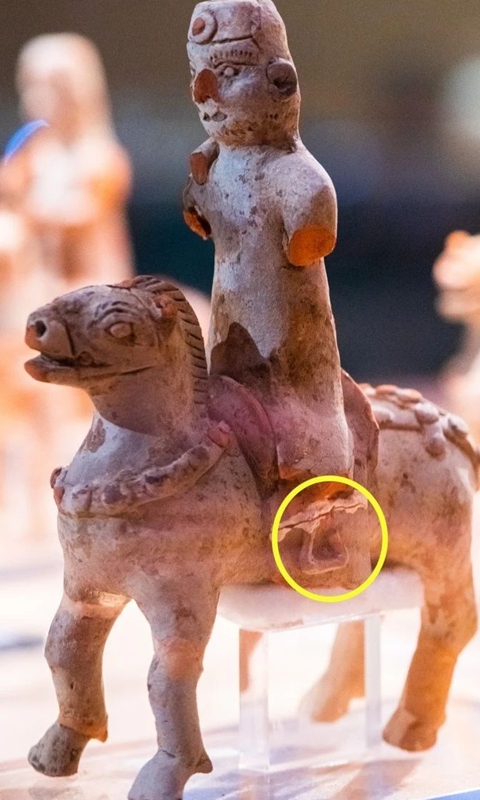
The ceramic equestrian figurine (Photo/Jiangsu Provincial Department of Culture and Tourism)
A ceramic equestrian figurine featuring the world's earliest image of a stirrup has been found at the family tomb of Ding Feng, who was a general of Three Kingdoms period (220-280), in Nanjing, East China's Jiangsu Province, pushing back the record of stirrup usage by 31 years, according to the Jiangsu Provincial Department of Culture and Tourism.
Among the cultural relics unearthed from the tomb, the 20-centimeter-tall figurine ceramic horseman stood out due to a triangular stirrup visibly hanging on the left side of the horse's belly. This discovery has been described as a revolutionary one in the field of ancient military history, according to materials sent to the Global Times on Sunday.
The figurine has been dated to 271, the year of Ding's death, establishing it as the earliest-known representation of a stirrup globally. This discovery pushes back the record by 31 years from the previous holder -a ceramic figurine from a Western Jin (265-316) tomb discovered in Changsha, Central China's Hunan, dated to 302.
The figurine depicts a rider wearing a small round hat, sitting upright on the horse. While the rider's arms and left leg are missing, a stirrup is clearly visible on the left side of the horse. Notably, the rider's missing left foot was not placed in the stirrup, indicating that this single-sided stirrup was primarily used as an aid for mounting the horse rather than for balance or riding stability.
On the right side of the horse, both the horse's belly and the rider's leg remain intact, yet no stirrup is present. This proves that the stirrup was a mounting tool rather than a feature for both feet.
"This finding marks the first discovery of a glazed ceramic equestrian figurine in Nanjing," said Zhou Baohua, a researcher from the Nanjing Archaeological Research Institute. "The presence of a single-sided stirrup on the figurine shocked us. The stirrup was a critical innovation for cavalry and mounted archery, significantly enhancing their effectiveness."Zhou noted in an interview with the Jiangsu TV.
Before the invention of the stirrup, riders relied solely on their legs to grip the horse and depended on one hand to steady themselves on the saddle. This made it nearly impossible for soldiers to engage in combat while mounted. The introduction of the stirrup revolutionized cavalry warfare by freeing the rider's hands, enabling them to wield heavy weapons and engage in close-range combat with greater stability and efficiency, Liu Zheng, a member of the China Cultural Relics Academy, told the Global Times on Sunday.
Liu added that the stirrup originated from China also impacted the whole world as this invention made cavalry an important force in the era of cold weapons. British historian Joseph Needham noted that "the stirrup, invented in China, revolutionized medieval European cavalry tactics." In the West, stirrups were often referred to as "Chinese boots." Their introduction enabled the establishment of new cavalry tactics, leading to the rise of the chivalric system that defined medieval European society.
The city of Nanjing is also home to another world record related to stirrups. The earliest known depiction of a pair of stirrups was discovered in the tomb of Wang Yi, the uncle of the calligraphy master Wang Xizhi. A ceramic horse figurine from this tomb features a pair of stirrups, establishing it as the world's earliest-known artifact featuring double stirrups.
The earliest physical evidence of stirrups was unearthed in Chaoyang, Northeast China's Liaoning Province. This site produced the largest collection of stirrups, showcasing a wide variety and including the earliest examples, all discovered in pairs, the Xinhua News Agency reported.








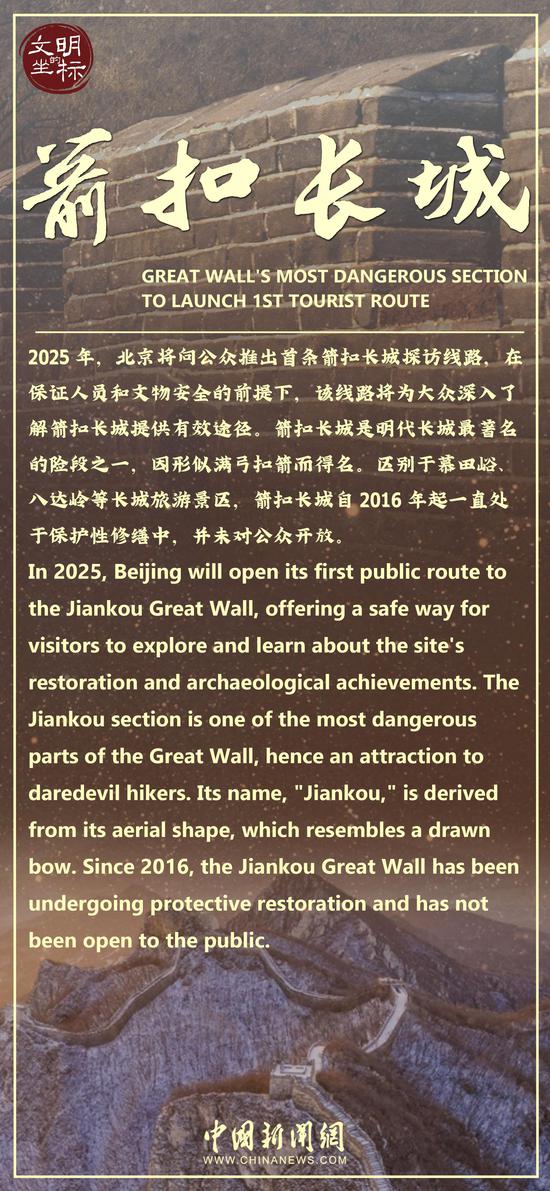



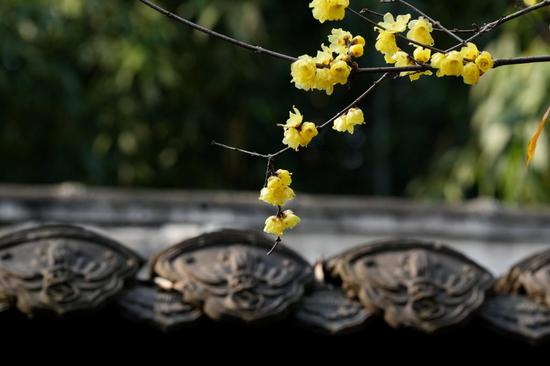









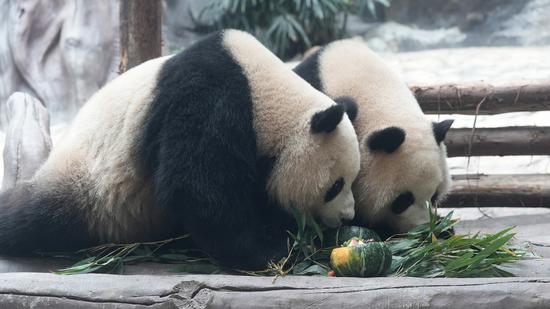






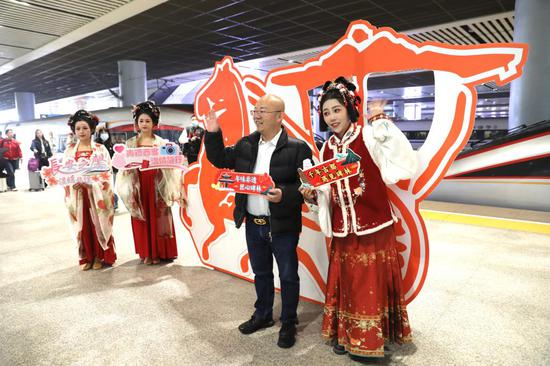
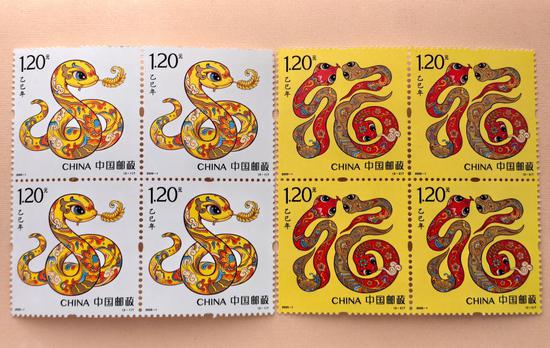


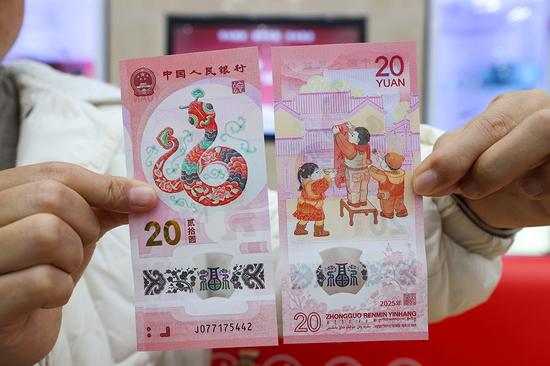








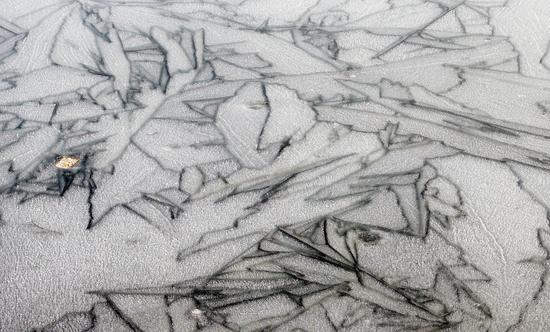





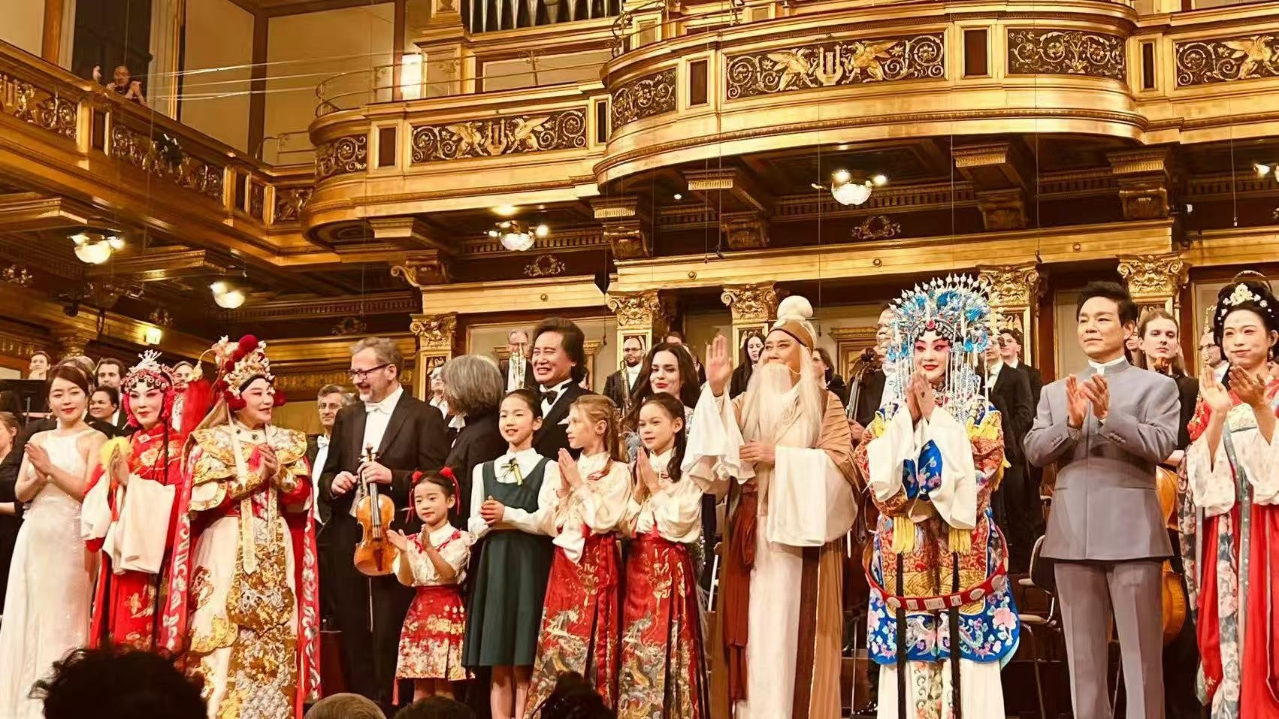

 京公网安备 11010202009201号
京公网安备 11010202009201号